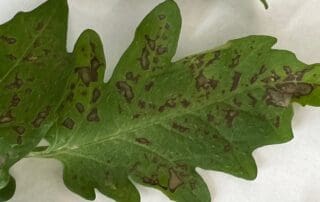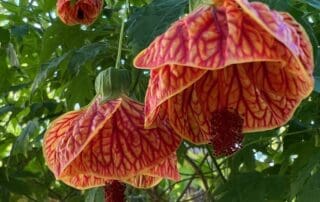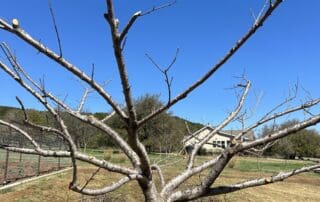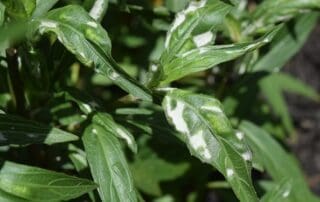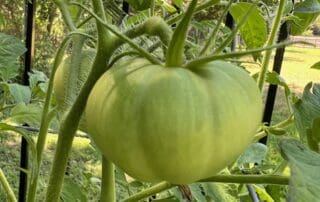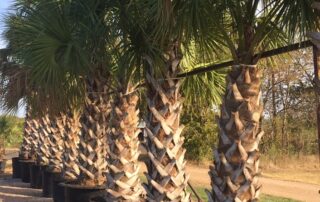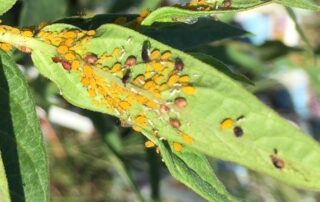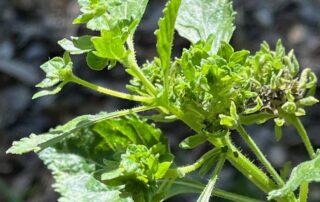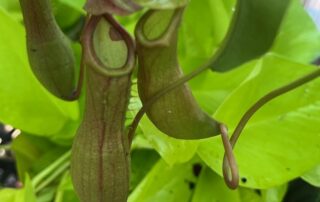Septoria Leaf Spot of Tomato
Tomatoes are susceptible to a variety of fungal leaf spot diseases. Proper cultural methods go a long way in preventing them. Septoria leaf spot usually shows up on the lower leaves after the fruit has begun to set. Removal of the lower leaves as the plant grows so that splashing water will not spread the disease is recommended. The fungus overwinters on plant debris or on any plant in the Nightshade family. It can also survive on tomato cages and [...]

